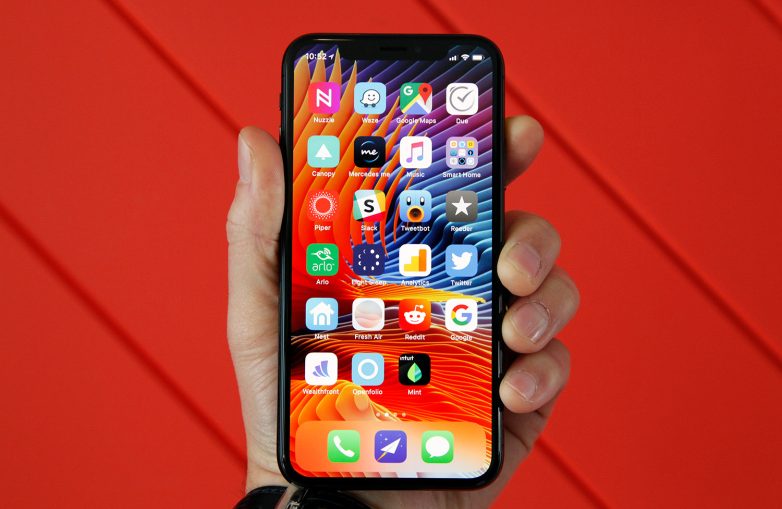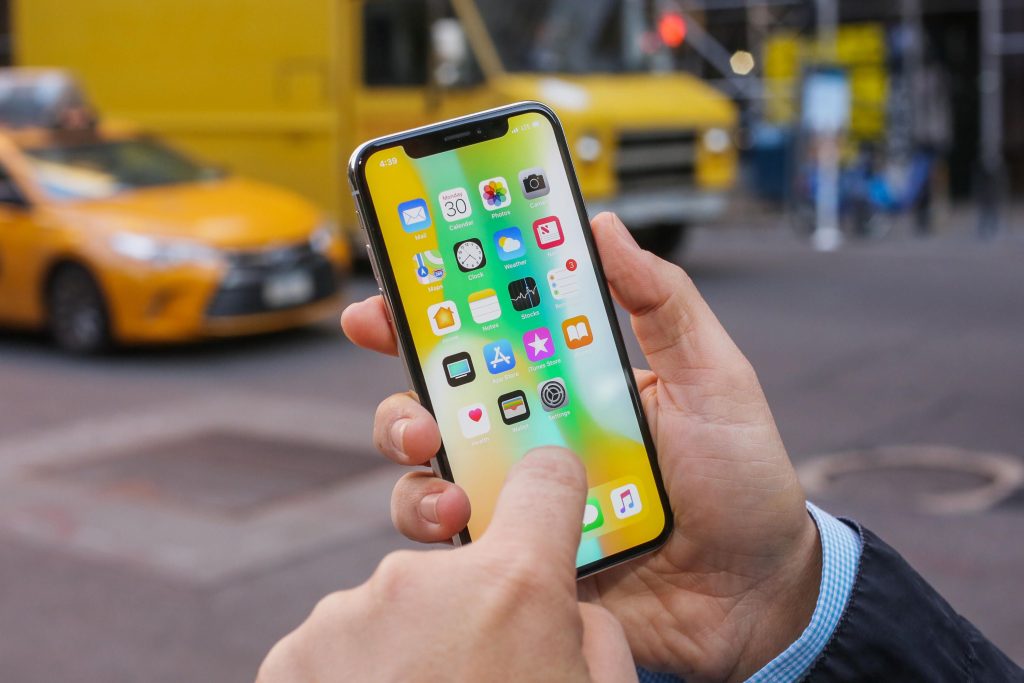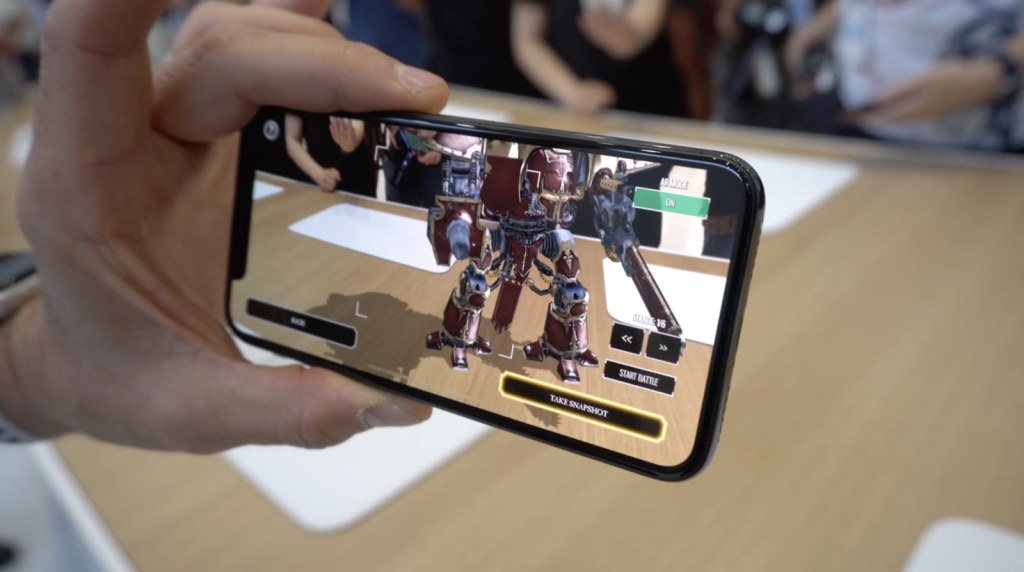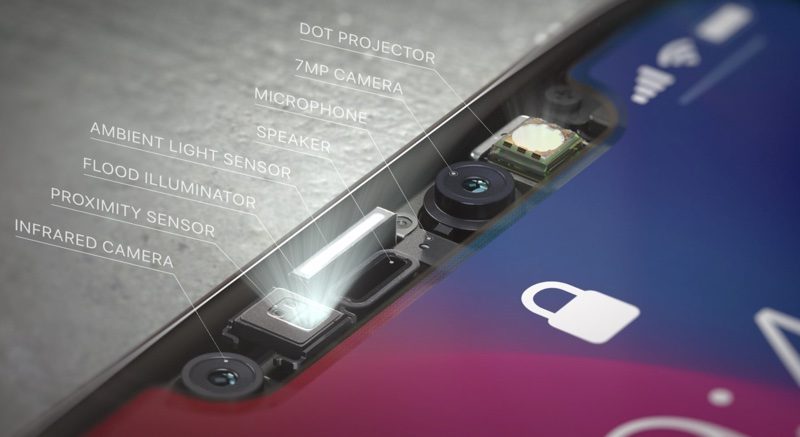10 years after the release of the first model, iPhone are still the most popular devices from Apple. In addition, it is this line that is at the forefront of smartphone development. Yes, competitors often implement new technologies earlier, but they rarely succeed in popularizing them.

Although a number of functions iPhone X were previously available in Android – smartphones, it was in the anniversary iPhone that they were perfected and become easy to use. Of course, this isn't just about Face ID. According to the latest analyst reports, iPhone X will once again force other major manufacturers to copy Apple.

One of the key features of iPhone X is its appearance. In the anniversary model Apple, for the first time, it departed from the design presented back in 2014 with the release of iPhone 6, equipping the smartphone with a display on almost the entire front panel. The introduction of Face ID allowed to get rid of the Home button and free the lower part for the display. Face ID itself, which uses a system of cameras and sensors to create a 3D model of the user's face, is considered more reliable than Touch ID.
It is believed that the TrueDepth camera, due to which Face ID works, was the reason for the iPhone X shortage at the start of sales. It is also one of the components that Android – manufacturers will copy shortly. Huawei has already done this (borrowing even from Apple Animoji), while others are still working on their own variations of the 3D scan camera.

Note that face scanning has been used in Android smartphones for several years. However, existing technologies relied on a 2D model, which is why they were far from Face ID in terms of security and identification speed.
This is about to change, TrendForce said in its report. Since the release of iPhone X, many companies have invested in development in this direction to provide users with a worthy replacement for Face ID.
What's the bottom line?
As a result of these new trends, the global infrared projector market for 3D sensors for mobile devices will reach $ 246 million this year. By 2020, it is forecast to expand to $ 2 billion.

Analysts also suggest that in the future, such sensors will be used not only in the front, but also in the main camera of smartphones. The front-facing module will retain face recognition features like Face ID, while in the main camera, this technology will significantly expand the use of augmented reality.
Component manufacturers including Lumentum, Finisar, Princeton Optronics, NeoPhotonics, Philips Photonics and OSRAM OS will continuously increase production over the coming years to keep up with ever-increasing demand. The process is already in full swing. In particular, Apple recently announced its investment in Finisar.

Companies, including Apple owned PrimeSense, as well as Mantis Vision, Qualcomm, Himax and Intel, are working on a structured light system that is used in Face ID. At the same time, STMicroelectronics, Google, Infineon, MicroVision and Orbbec are developing Time-of-Flight (ToF or Time-of-Flight) technology that will enable 3D imaging. It will find its application in the field of augmented reality.
Apple, Samsung, Asus, Xiaomi, Lenovo, Huawei, Oppo and other companies are preparing to release new smartphones with 3D cameras in the coming years.
And that's all – thanks to a small notch in the display iPhone X.
